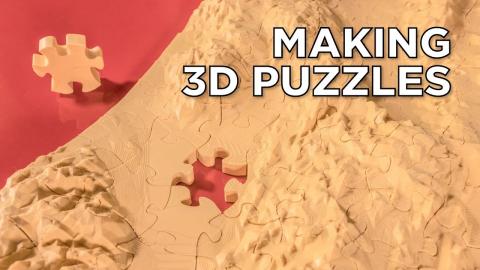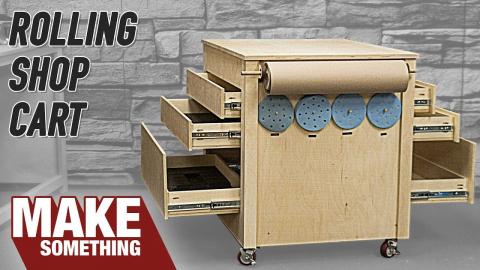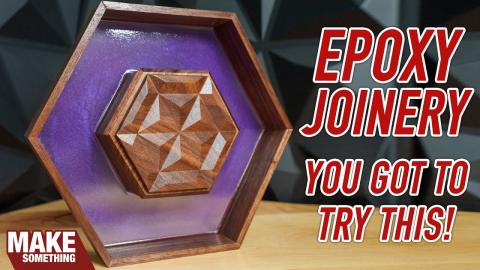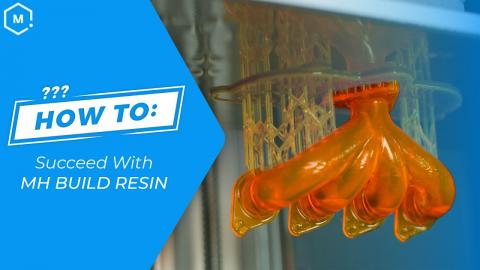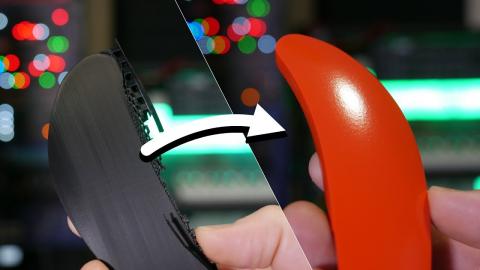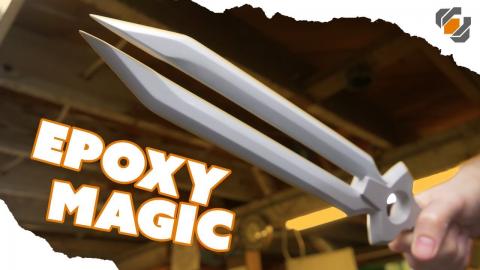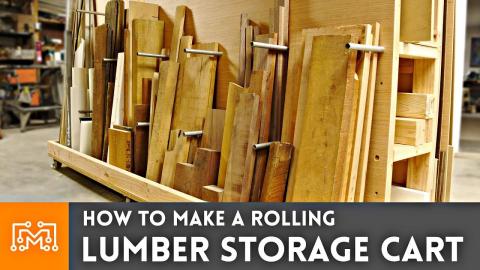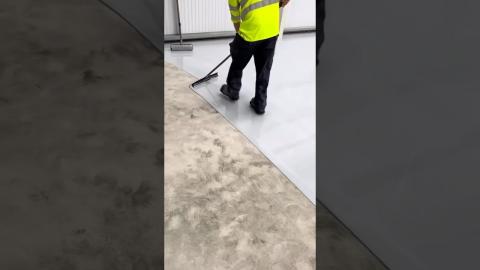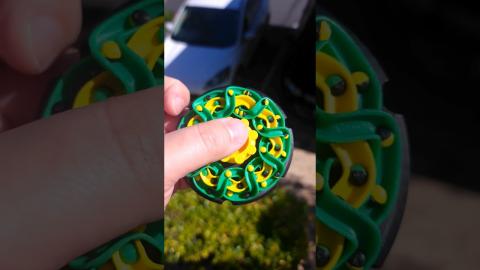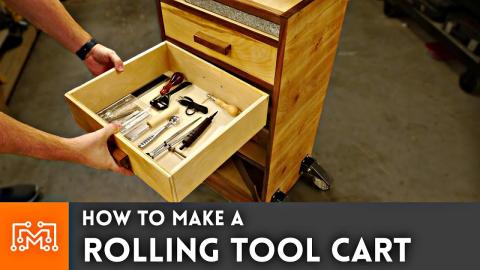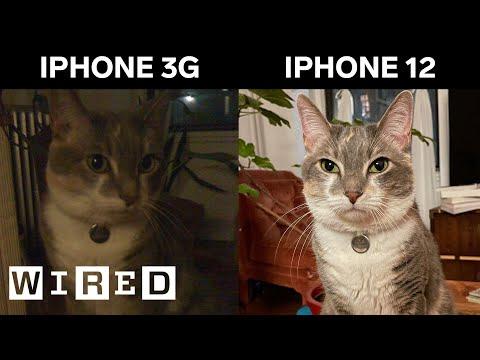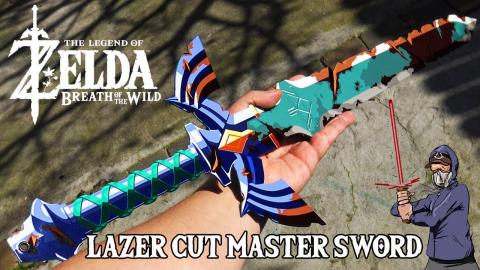How to Make a 3d Printed Epoxy Rolling Pin
Description
I have been curious if you could 3d print a cool shape inside of its own resin mold. Come see how it turned out!
Subscribe to my channel: http://bit.ly/1k8msFr
Second Channel: http://bit.ly/iltms-2
MORE PROJECTS, POSTS AND EVENTS
http://www.iliketomakestuff.com
TOOLS & SUPPLIES (affiliate links):
https://kit.com/iliketomakestuff/3d-printed-epoxy-rolling-pin
https://kit.com/iliketomakestuff/shop-safety-gear
Twitch Stream Every Wednesday @ 3pm EST: www.twitch.tv/iliketomakestuff
I WROTE A BOOK!!
http://www.iliketomakestuff.com/makingtime
Want to support ILTMS? Get exclusive content and more...
http://www.iliketomakestuff.com/patreon
BUY A SHIRT, STICKER, NOTEBOOK, DIGITAL PLANS and MORE!!
http://www.iliketomakestuff.com/store
FOLLOW:
http://twitter.com/iliketomakestuf
http://www.twitch.tv/iliketomakestuff
http://instagram.com/iliketomakestuff
http://facebook.com/iltms
MUSIC: http://share.epidemicsound.com/iltms
After making the silicone mold for the epoxy neon sign, I wondered if I could make a cool 3d printed design inside of its own mold? I was thinking about making a rolling pin out of resin with something cool inside, come see if it worked!
This project began with the idea of repurposing some of the waste that comes from 3d printing. Failed prints, support material, and crazy spaghetti could be submerged in resin and turned into a cylinder. That idea morphed into a cylinder that could highlight the cool geometric patterns of the infill supporting a print. So we printed a tower that was made entirely of triangular infill with out a top. I filled this up with epoxy using the print's walls as the mold.
Well...this failed...in a few ways. First, 3d prints are not totally water tight, so a lot of the epoxy seeped out and got all over my work table. Secondly, the piece that did harden didn't really look that great when we turned it on the lathe. The infill pattern was made of vertical structures that you couldn't really see from the outside. So, Josh designed a really cool triple spiral shape that could print inside of a cylinder with a bottom and no top. This shape would corkscrew around when used as a rolling pin and hopefully look really cool.
Once we got a good looking print, I wrapped the whole tube in packing tape to seal up the outsides and keep the epoxy inside where it belongs. I mixed up another batch of Ecopoxy and poured it in. (I also kept the whole thing inside a bucket in case it leaked) This resin is specifically designed to pour in large quantities. It doesn't give off much heat, so the larger pours take longer to cure. After a few days, the resin was hard enough to turn.
In order for me to mount the cured print in the lathe, it needed two flat sides. I took the tube over to the bandsaw and cut off the two ends revealing the cool triple spiral inside. To center it on the lathe, I had to use a Dremel to carve out a little hole directly in the middle of the 3-armed print.
With the 3d printed cylinder firmly mounted in the lathe, I began to turn away the outside layers of tape and PLA plastic to reveal the resin-encased spiral inside. I used my carbide cutting tools and went really slowly because I've never turned epoxy before. It shot out warm ribbons that stuff to everything like Spider-Man's webs.
Once I had the cylindrical shape that I wanted for the rolling pin, I began the sanding process. I have to note that the resin may not have been completely cured, even after the 3 days, the cylinder was a bit flexible in the middle and difficult to turn into a perfect shape. But it looked really cool.
Normally for a turning project, you would sand through a pack of increasingly high-grit sandpaper to get a nice finish. With epoxy resin, you can't sand it clear, you have to add another finishing layer. After I sanded out all of my tonolmarks, I brushed on another coat of Ecopoxy which made this project come to life! It was so beautiful with a glossy coating, you could perfectly see the blue spiral inside and I was so excited.
I moved the pin (still on the lathe) to a non-dusty part of the shop so the finishing layer could cure. After another 2 days, the rolling pin was cured and ready to help make some biscuits! You may have questions about using resins on food, and I can say that from the research we've done, we see that the resin we are using is considered food-safe after it is fully cured. Take this info if you want, but I'm planning on using it as it is.
I hope you liked this silly experiment. I am really happy with the spiral print and the clarity of the resin. Printing an item inside of its own mold totally worked and I hope you consider giving it a try for your future projects.


